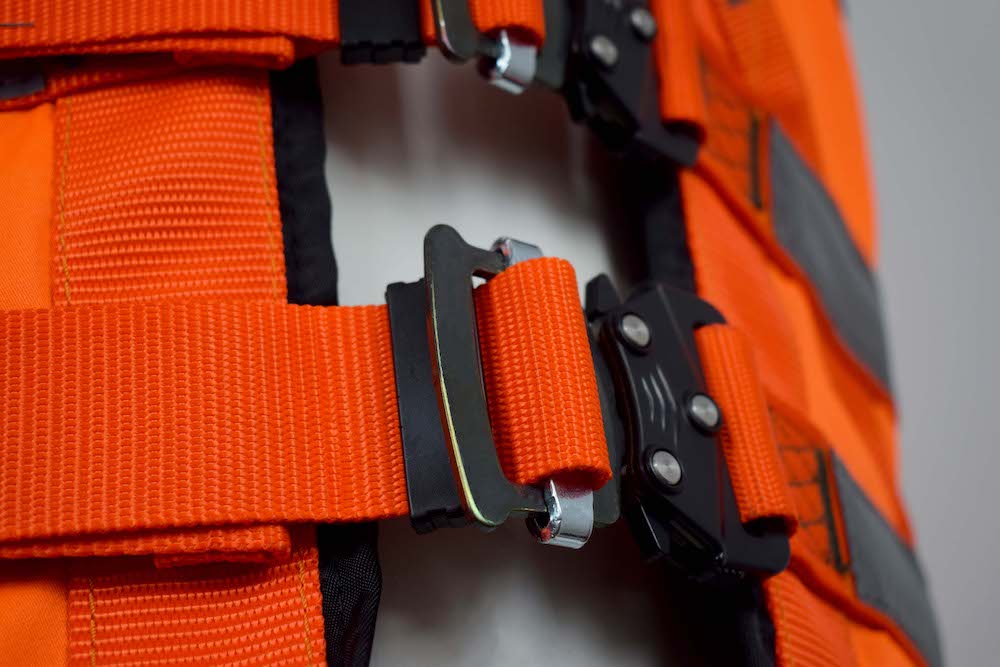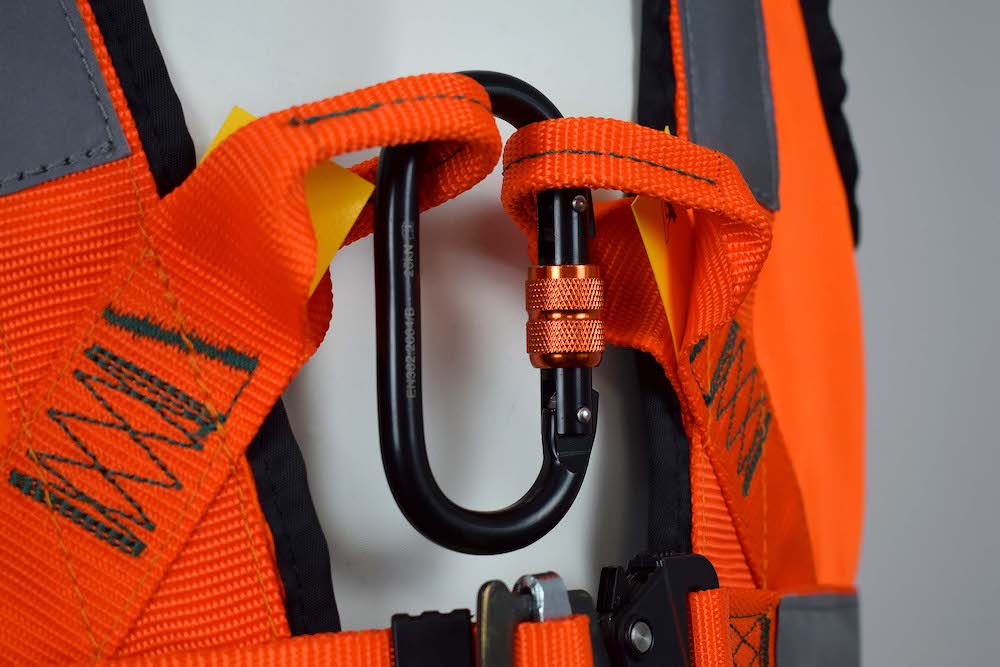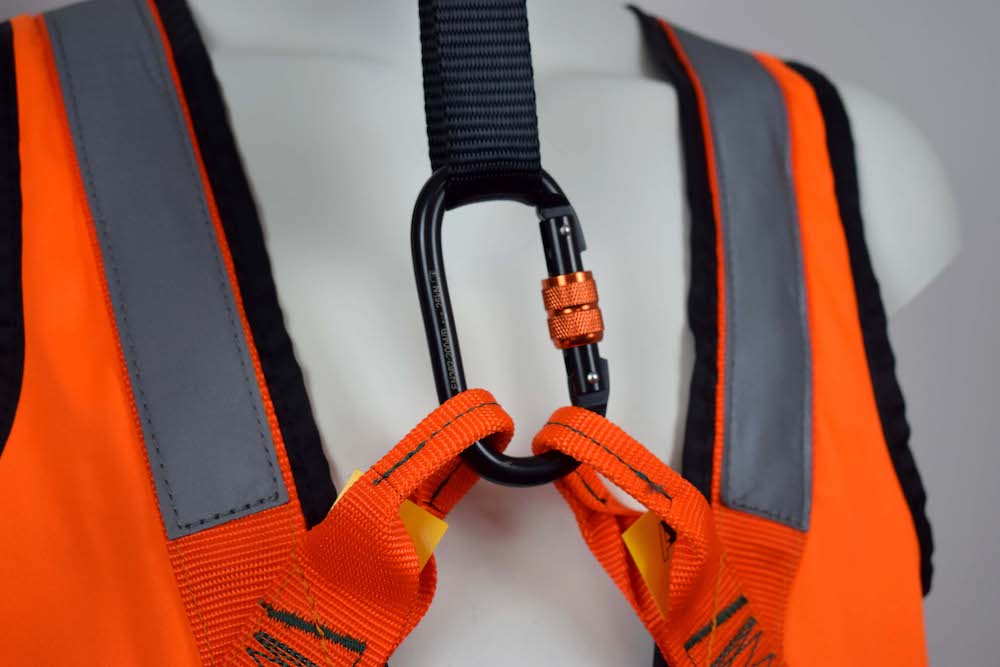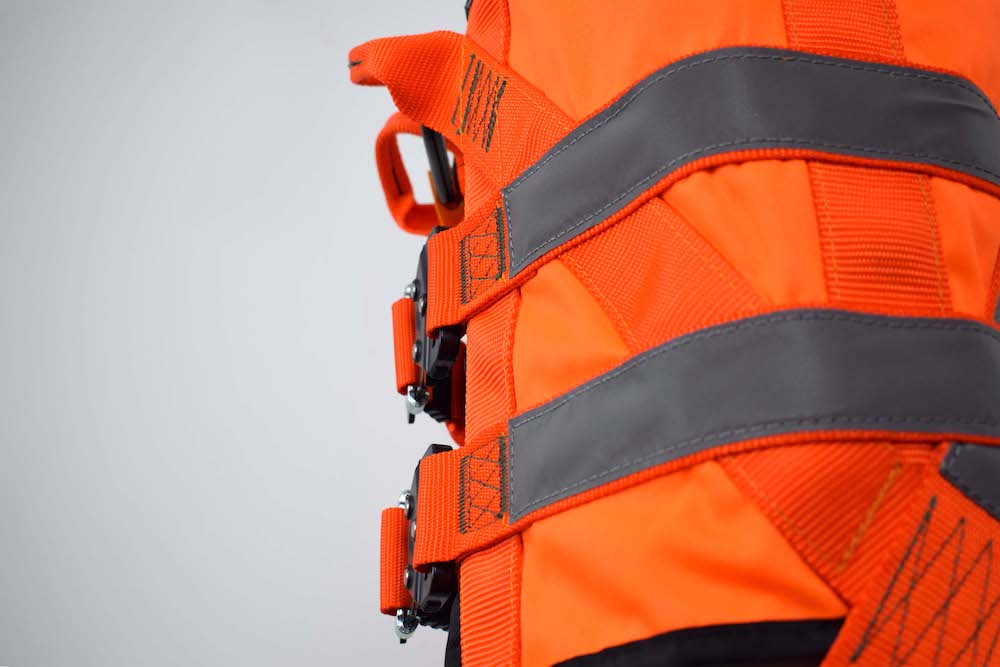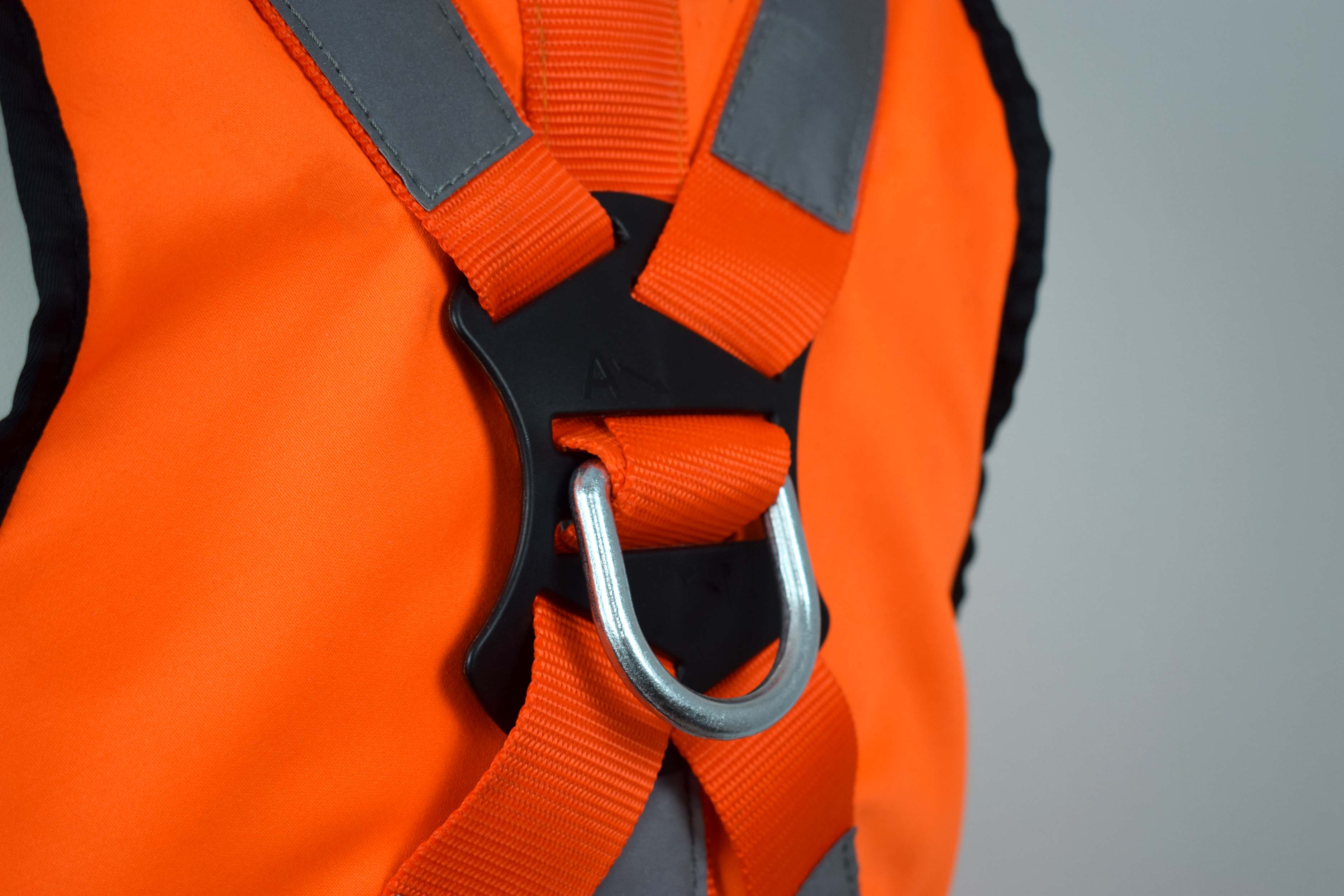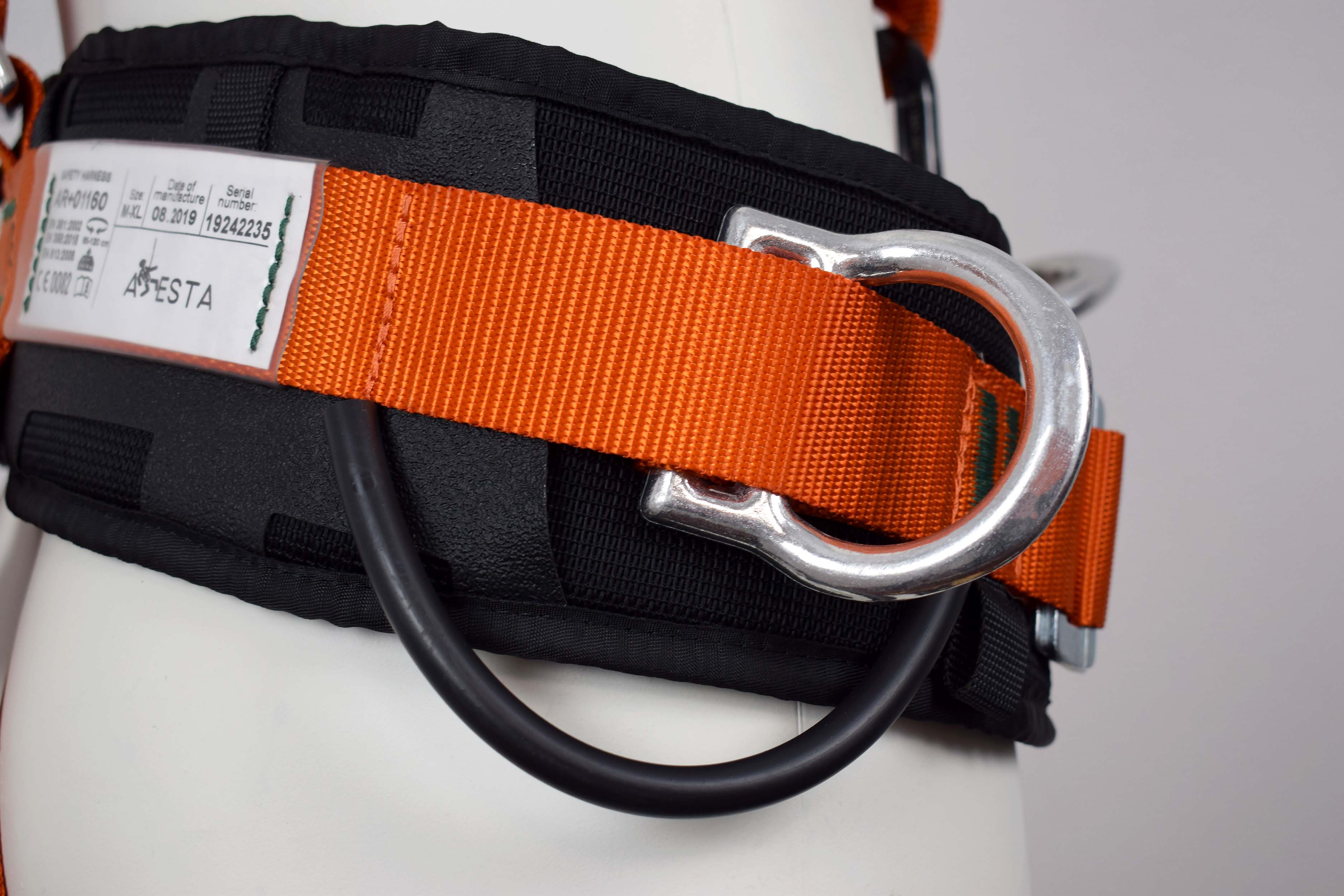Safety Harnesses
There are some important differences between the terms fall restraint and fall arrest, and it’s very important to know these differences when planning, managing or completing work at height. To comply with current height safety regulations, it’s imperative to follow these steps:
- Avoid working at height where it’s reasonably practicable to do so.
- Where work at height cannot be avoided, ensure the place you’re working in is safe to work from & select appropriate fall restraint equipment (such as edge protection barriers).
- Use restraint PPE to stop the worker from reaching a fall hazard. The fall hazard could be an unprotected roof edge or an opening at ground level (such as an open manhole).
- Use fall arrest PPE to limit the distance and consequences of a fall. This option should always be the last resort and must also include adequate means of rescue.
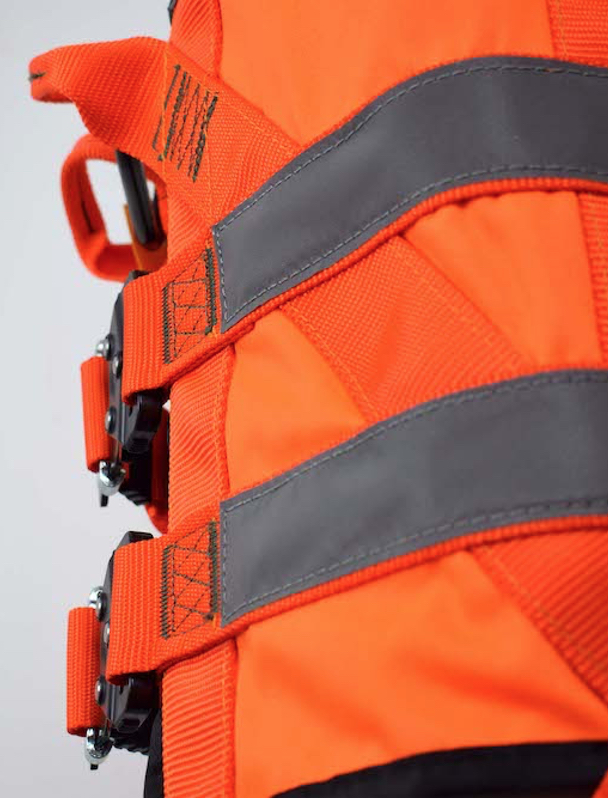
-
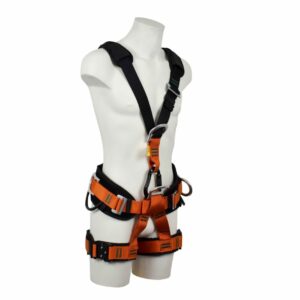
ARESTA Abseil Safety Harness AR+01160
-
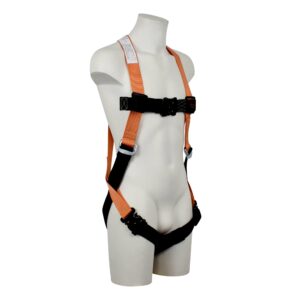
ARESTA Snowden Single Point Safety Harness – AR-01021
-
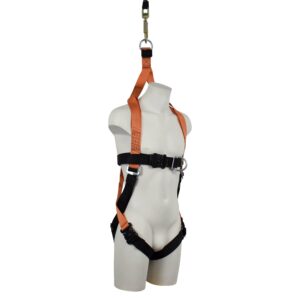
ARESTA Malham Rescue Safety Harness – AR-01025
-
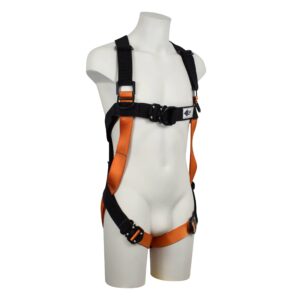
ARESTA Scafell – Safety Harness – Elasticated – AR-01074
-
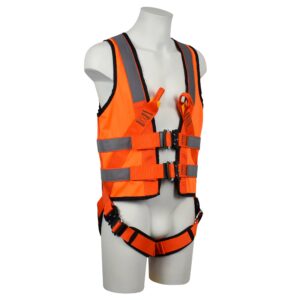
ARESTA EASYFIT Hi-viz Safety Harness – AR-01012H
-
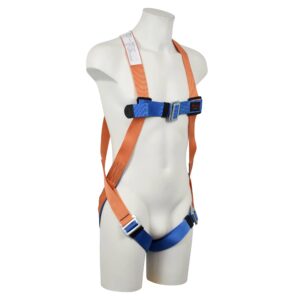
ARESTA Single Point Safety Harness – AR-01021S
-
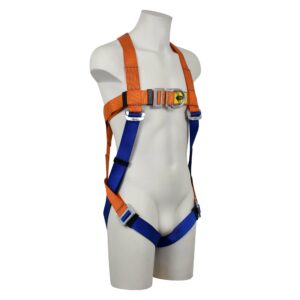
ARESTA Double Point Safety Harness – AR-01024S
-
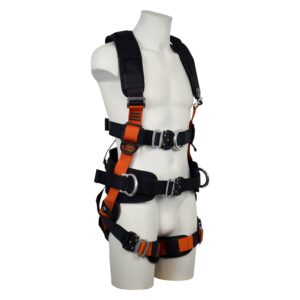
ARESTA Work Positioning Safety Harness – AR+01150
-
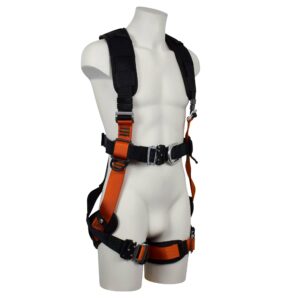
ARESTA 2 Point Comfort Plus Safety Harness – AR+01130
-
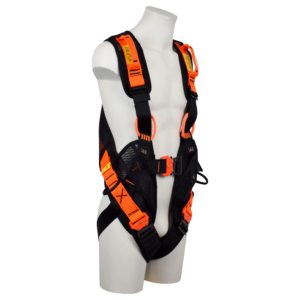
ARESTA 2 Point EASYFIT Safety Harness – AR-01135
-
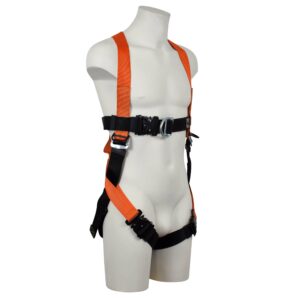
ARESTA 4XL Double Point Safety Harness – AR-01024 3-4XL
-

ARESTA Rushmore Double Point Safety Harness – AR-01024
-
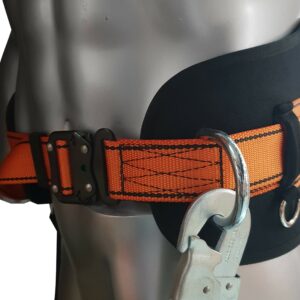
ARESTA Work Positioning Belt – AR-01001
-
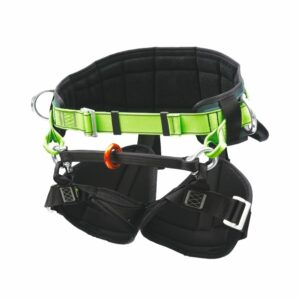
ARESTA Tree Harness – AR-01030
-
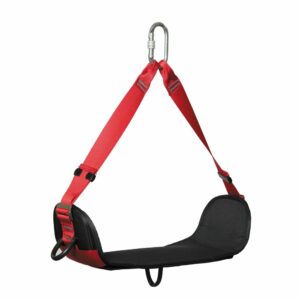
ARESTA Suspension seat – AR+BA100
-
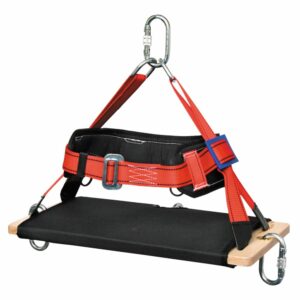
ARESTA Bosuns Chair – AR+BA200
-
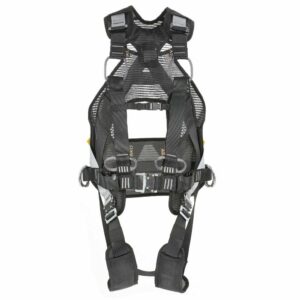
ARESTA Work Positioning, EASYFIT Safety Harness – AR-01155
There are some important differences between the terms fall restraint and fall arrest, and it’s very important to know these differences when planning, managing or completing work at height. To comply with current height safety regulations, it’s imperative to follow these steps:
- Avoid working at height where it’s reasonably practicable to do so.
- Where work at height cannot be avoided, ensure the place you’re working in is safe to work from & select appropriate fall restraint equipment (such as edge protection barriers).
- Use restraint PPE to stop the worker from reaching a fall hazard. The fall hazard could be an unprotected roof edge or an opening at ground level (such as an open manhole).
- Use fall arrest PPE to limit the distance and consequences of a fall. This option should always be the last resort and must also include adequate means of rescue.
Fall Restraint
What is a fall restraint system?
A fall restraint system prevents the worker from being able to reach fall hazards. Fall restraint equipment normally includes a fixed-length lanyard connected to a suitable anchorage point at one end and the worker safety harnessed at the other. The length of the lanyard is selected to prevent the worker from being able to reach a fall hazard. Fall restraint systems are also referred to as ‘work restraint’ or simply ‘restraint’ systems.
When should I use fall restraint equipment?
A fall restraint system should always be considered before a fall arrest system (in accordance with the current working at height regulations). A fall restraint system might also be considered where limited ground clearance is available below the work area. Typically, a fall restraint system requires less intervention from the worker as they’re able to work continuously at a fixed distance from the anchorage point. There is also less need to have a rescue plan in place for the duration of the work as there should be no chance of the worker falling or being suspended in their harness.
Fall Arrest
What does ‘fall arrest’ mean?
A fall arrest system provides maximum freedom of movement for the worker; however, in doing so, it also enables the worker to reach a position where an accidental fall could occur. In the event of a fall, the fall arrest system ensures the worker will be caught before descending. Fall arrest equipment must be selected and positioned to limit the distance and consequences of the fall.
When should I use a fall arrest system?
A fall arrest system should be used where it is not possible to restrict the worker from reaching a fall hazard. Fall arrest systems would typically be used when work needs to be completed on fragile surfaces or when the worker is required to work over the leading edge of a fall hazard. If a worker is able to reach a fall hazard, fall arrest equipment must be used. Following a fall, consideration must be given to the rescue of the worker.
Rescue Equipment
The law requires that when planning work at height, consideration must be given to a full and comprehensive rescue plan. The rescue plan is intended to reduce the risks associated with the worker being suspended after a fall has occurred and must ensure that the rescue is completed in a prompt and safe manner. There are several methods of rescue available that are specific to the work environment and location of a fall. ARESTA has varieties of rescue equipment to allow the fast and efficient rescue of a suspended worker.
By understanding the working environment that you are in and the nature of any potential fall hazards, you will make it far easier to select the correct protection system.
Work Positioning
Work Positioning is unique in that, instead of relying on a fall protection system that will allow you the freedom to move about your workspace, you need a system that will hold you securely in place while allowing you to perform often delicate tasks with both hands. Ever see formwork being performed on a foundation during construction? No doubt you have seen workers seemingly stuck to the side of a tower of steel tying rebar; that’s Work Positioning. Or maybe you wonder how a worker stays in place while installing a cellular antenna high on a steel pole with no anchor point above them? That’s also Work Positioning. As you can probably imagine, Work Positioning systems are quite different from standard Fall Protection systems, and require some specialized equipment and practices – and it all begins with the harness.
Work Positioning harnesses include extra D-Rings (sometimes as many as four) in order to accommodate working in these specialized circumstances. The most commonly used D-Rings for Work Positioning are side (or hip) D-rings, which, when used in conjunction with a positioning device (more on those later), allow a worker to stand securely while still having their hands and upper body free to perform their work. In addition to side D-rings, harnesses (like our Halo Tower Harness) sometimes include a bosun chair and yet another pair of D-rings to make long-term stationary work as comfortable as possible. The use of these rings and the bosun chair orients the worker in more of a sitting position, and is designed for instances where footrests are not always available.
